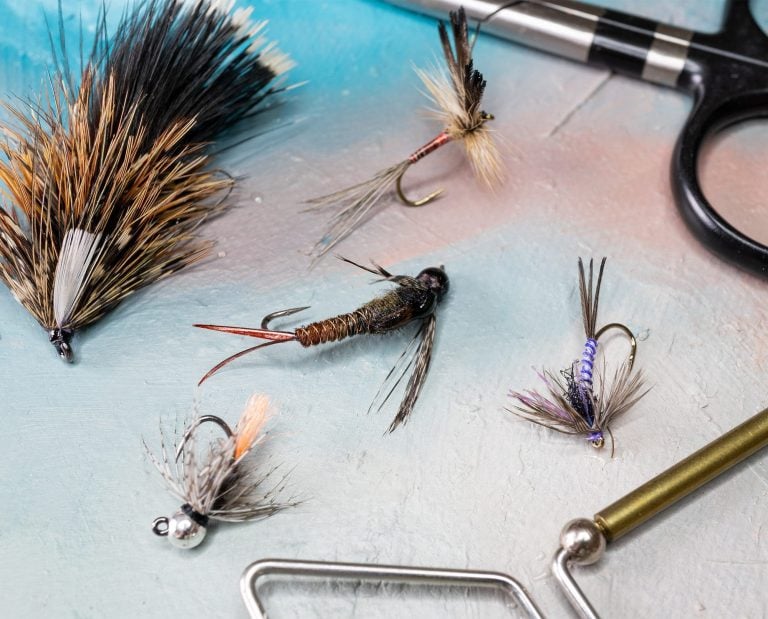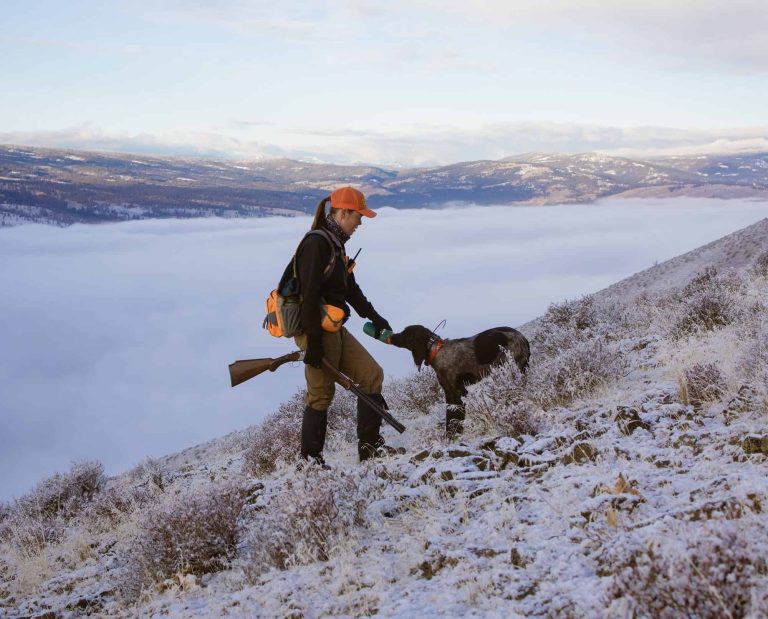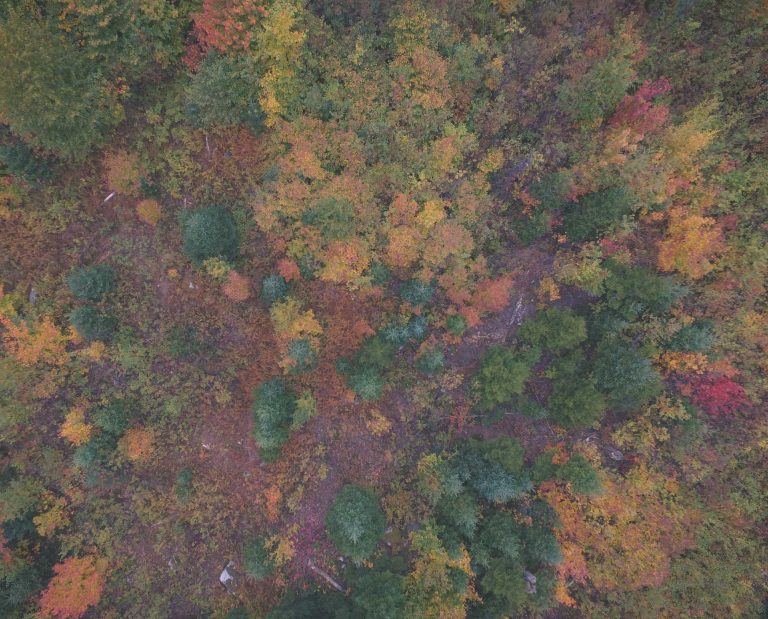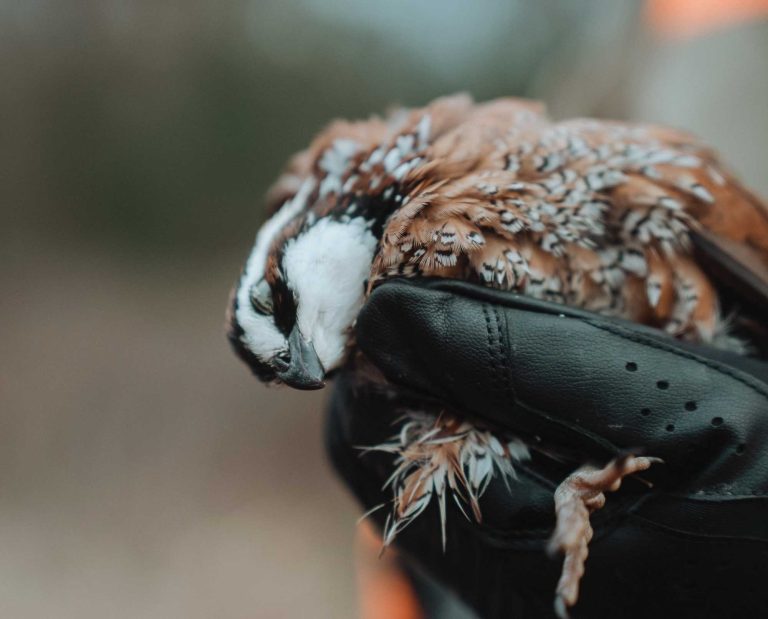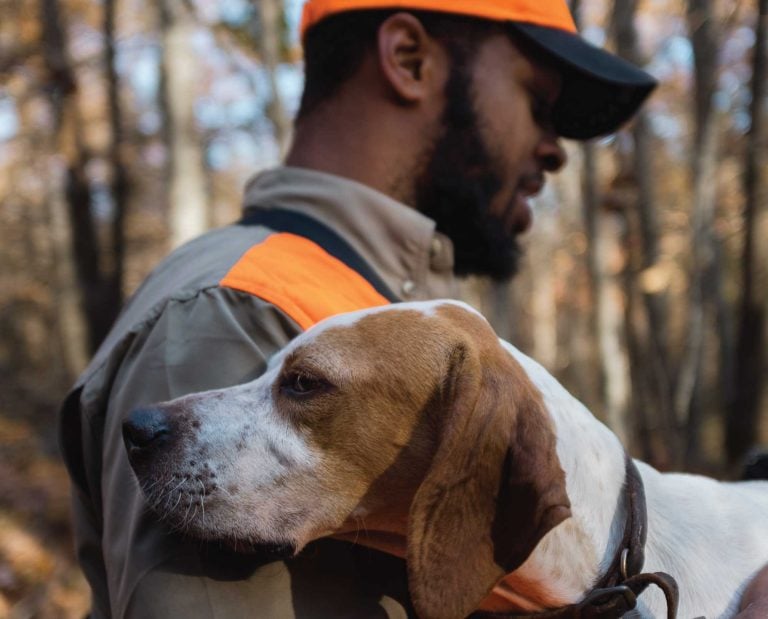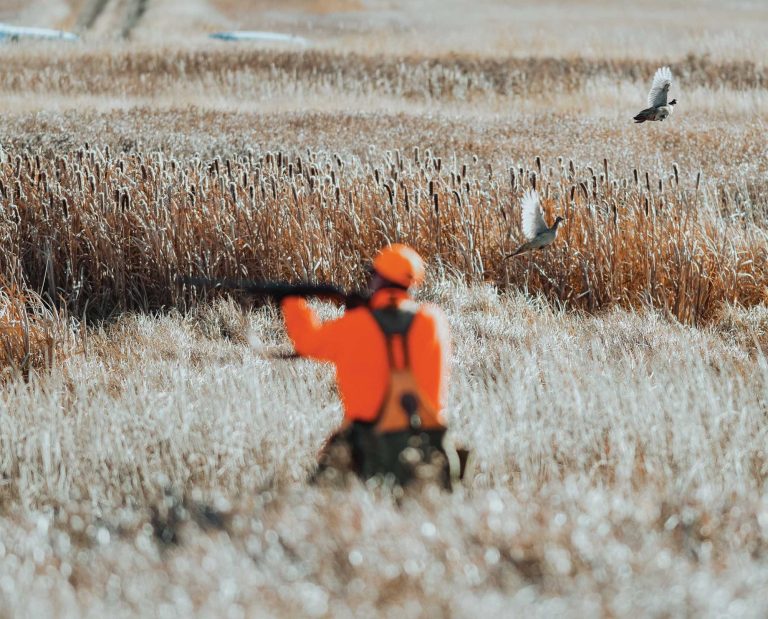How Pausing Causes Ruffed Grouse to Flush
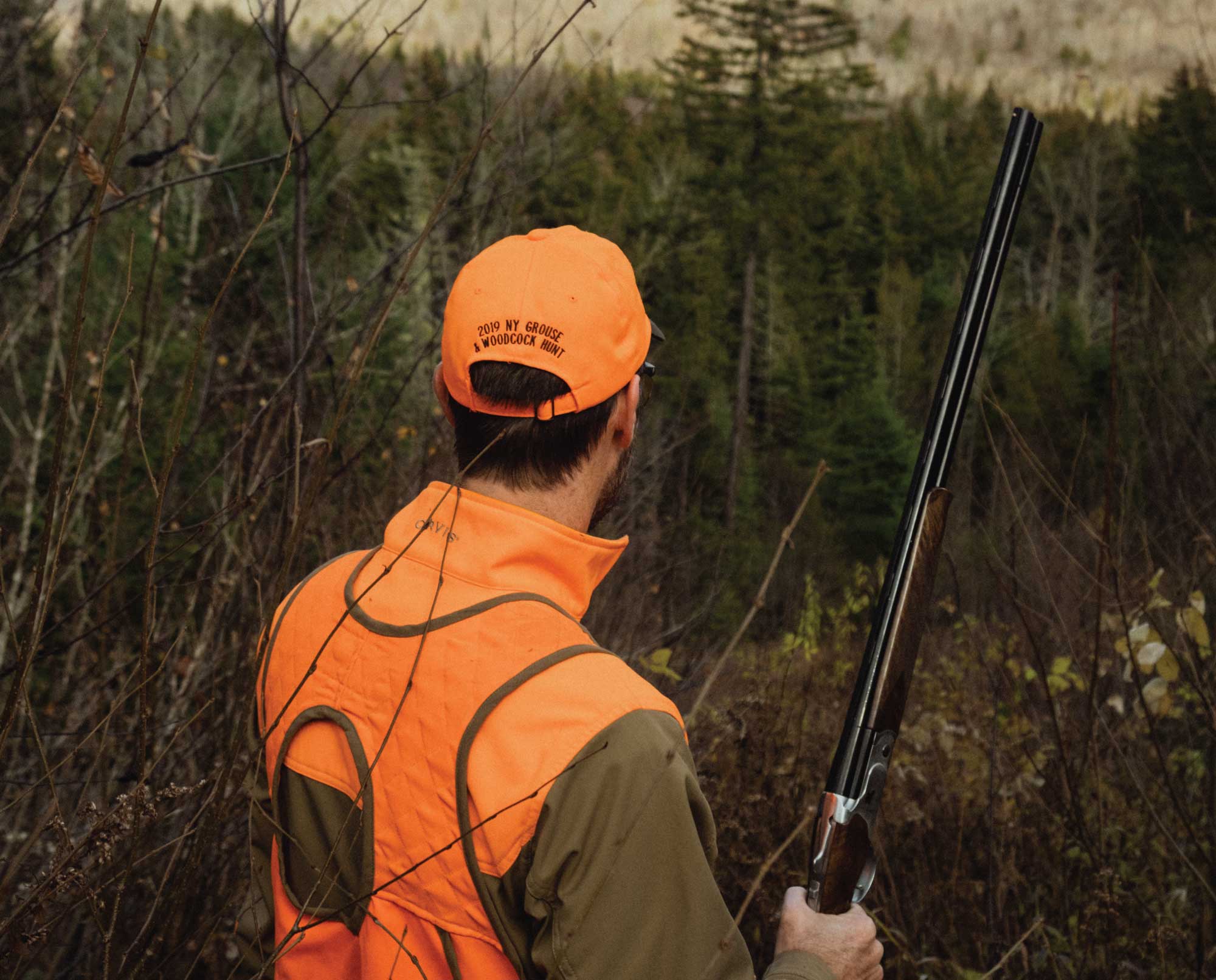
How taking your time can equal more upland bird shooting opportunities.
If you’re like most hunters, you probably feel like there’s just not enough time for hunting. Schedules seem to fill up pretty fast in the fall. Whether we have one free Saturday to hunt or want to cover more ground, we’re in a rush. While it makes sense that walking extra miles should expose you to more upland birds, the opposite can also be true. In fact, taking your time and being thorough will often result in a heavier vest at the end of the day. This is where mastering the art of pausing comes into play.
Why Pausing Works with Upland Hunting
Most of the animals we hunt each autumn, especially small game animals and upland birds, rely heavily on good camouflage and lying motionless to keep them off the average predator’s dinner menu. It usually works pretty well for them. You’ve probably almost stumbled on a bird while ruffed grouse hunting before they flushed, right? But when a predator is too close for comfort and stops suddenly it sends a clear message to the prey: “You’ve been spotted.”
At that moment, they will usually flush from cover to seek a new hiding place far away from the hungry jaws or eager shotgun behind them. You can use that instinct against them. Whether or not you actually see a bird when you stop isn’t important. What is important is that you’re ready for action each and every time you pause.
A Word of Caution
Before you mentally file this away as a tactic for next fall, read the following warning: do not pause if you’re not ready to make a shot.
I’ve paused in the woods before to grab some water or answer a text message (don’t worry about the reason). Inevitably when the birds erupted around me, I was unprepared and was left standing frustrated with a pocket full of shells instead of a warm bird.
Before you stop, make sure to find a place you could actually shoot from. A small opening is a good place—a tangled thicket is not. Get your feet planted in a shoulder-width stance with your shotgun in either the port arms position (held diagonally across your body with the muzzle facing up to the left) or partially mounted. It would help to keep your head on a swivel too, since birds can appear from anywhere around you.
Mostly use the opportunity to listen for the telltale chirps that grouse make right before they flush. It can give you an indication of where they will show up and which direction you should start mounting your shotgun. Remember to use your eyes to scan the cover around you. You might just spot one before it even takes wing.
Making the Most of the Pause
How much should you stop throughout the day? It’s a fine balance. You want to cover some ground, but don’t want to move too fast. Pause for a five to eight second count every 30 yards, or whatever your maximum effective shooting range is. That way, if you were too far away from a bird to flush it on one pause, you may be close enough on the next. If you come across a pretty barren stretch where you don’t expect to see birds, you can skip some pauses or move faster to offset the time you spend in high-quality habitat.
This is a fantastic solo hunting tactic when you have no human or canine hunting partner to flush birds for you. It’s also deadly on young and uneducated birds at the beginning of the season and can work throughout the fall.
As the survivors learn our tricks, you might have to make one tweak. Educated grouse will wait to take to the skies until after you start moving again. If you anticipate that possibility and keep your gun ready, you may be able to still get a shot at these smart birds before they disappear into the brush.
There are all kinds of upland hunting techniques. If you add this one to your bag of tricks, you’ll have a better chance of having a grouse dinner next fall.




